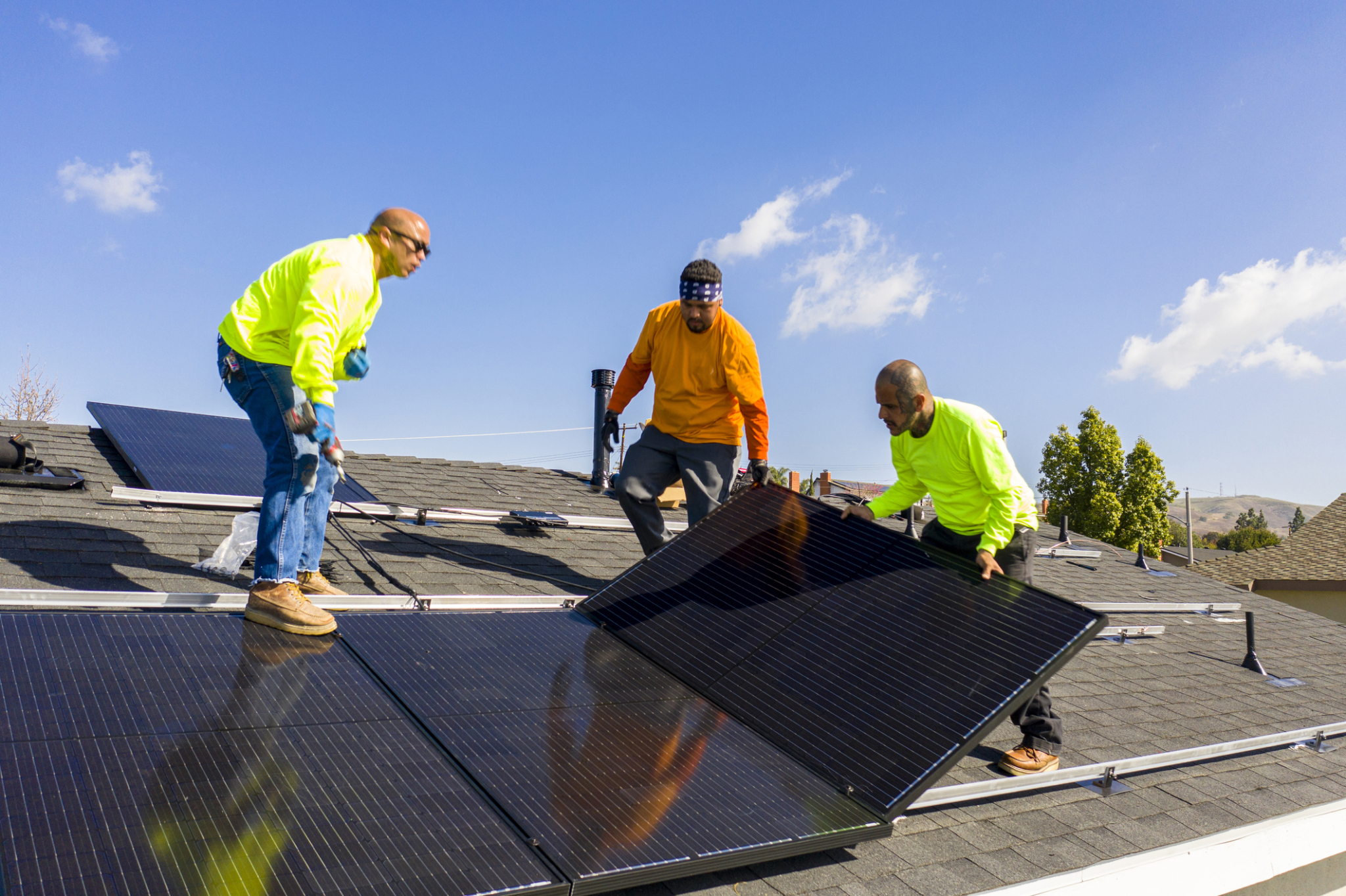
The Rhodium Group and MIT’s Center for Energy and Environmental Policy Research are teaming up on the Clean Investment Monitor to track “on-the-ground progress in the U.S. towards net-zero greenhouse gas emissions.”
Industrial policy designed to spur clean energy manufacturing and technology adoption led to $213 billion worth of public and private investments over the past year, according to a new real-time tracker that’s monitoring the manufacture and deployment of greenhouse gas reducing technologies in the United States.
The Clean Investment Monitor is a project of the Rhodium Group and the Massachusetts Institute of Technology (MIT) Center for Energy and Environmental Policy. The monitor includes a comprehensive database cataloguing the real-time investments made in clean energy in the manufacturing, energy and industry, and retail sectors.
One thing that stood out to us: While the retail and energy spaces had some investments before 2020, manufacturing had little to no investment. That changed dramatically in 2021 and 2022, as incentives from industrial policy like the Bipartisan Infrastructure Act and Inflation Reduction Act spurred private companies to invest in new clean energy factories in the United States.

The monitor also provides mapping of where specifically all of these clean energy manufacturing investments are located, as well as breaking things down by state. In addition, the monitor includes information on the amount of investments being made in specific manufacturing sectors — i.e., solar, electric vehicles, batteries, etc.
Along with the debut of the new monitoring tool, the team behind the project released a new report detailing some of the trends emerging from the growing clean energy sector. Over the past year alone, there has been a 37% increase in new clean investment across the economy — and a 165% increase from five years ago, according to the report. The authors note:
The most rapid investment growth has been in clean technology manufacturing—with annual investment growing 125% year-on-year to $39 billion—and particularly within electric vehicle and solar manufacturing. Investment in clean energy production and industrial decarbonization rose 15% year-on-year to $61 billion. And household and business retail investment in purchasing and installing clean technologies like heat pumps and zero-emission vehicles (ZEVs) rose 32% year-on-year to $113 billion.
Both the monitor itself and the new report are worth checking out. The monitor will almost certainly serve as a helpful tool in the coming years to keep track of just how much money is being invested in clean technology, where specifically all these new factories are being built, and what specific sectors are seeing the most growth. It’s also a helpful reminder that when the United States puts policy in place to prioritize growth in industrial production, we start to see the results fairly quickly.
